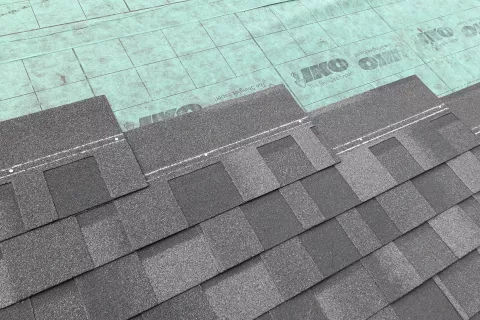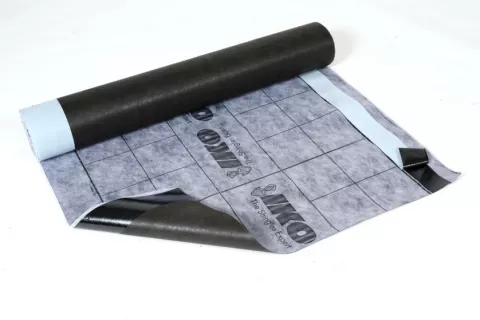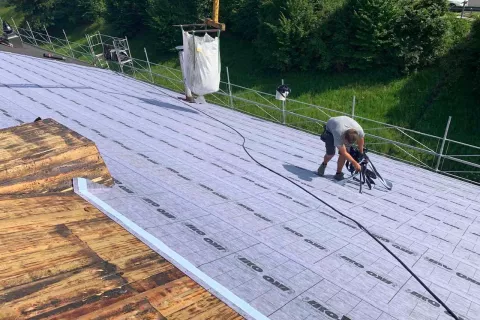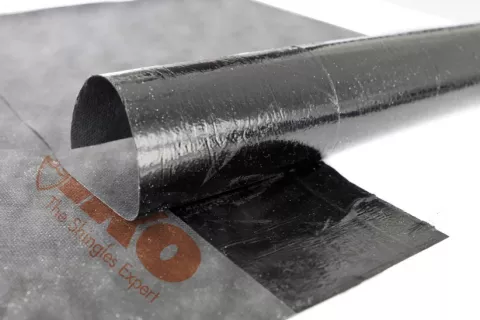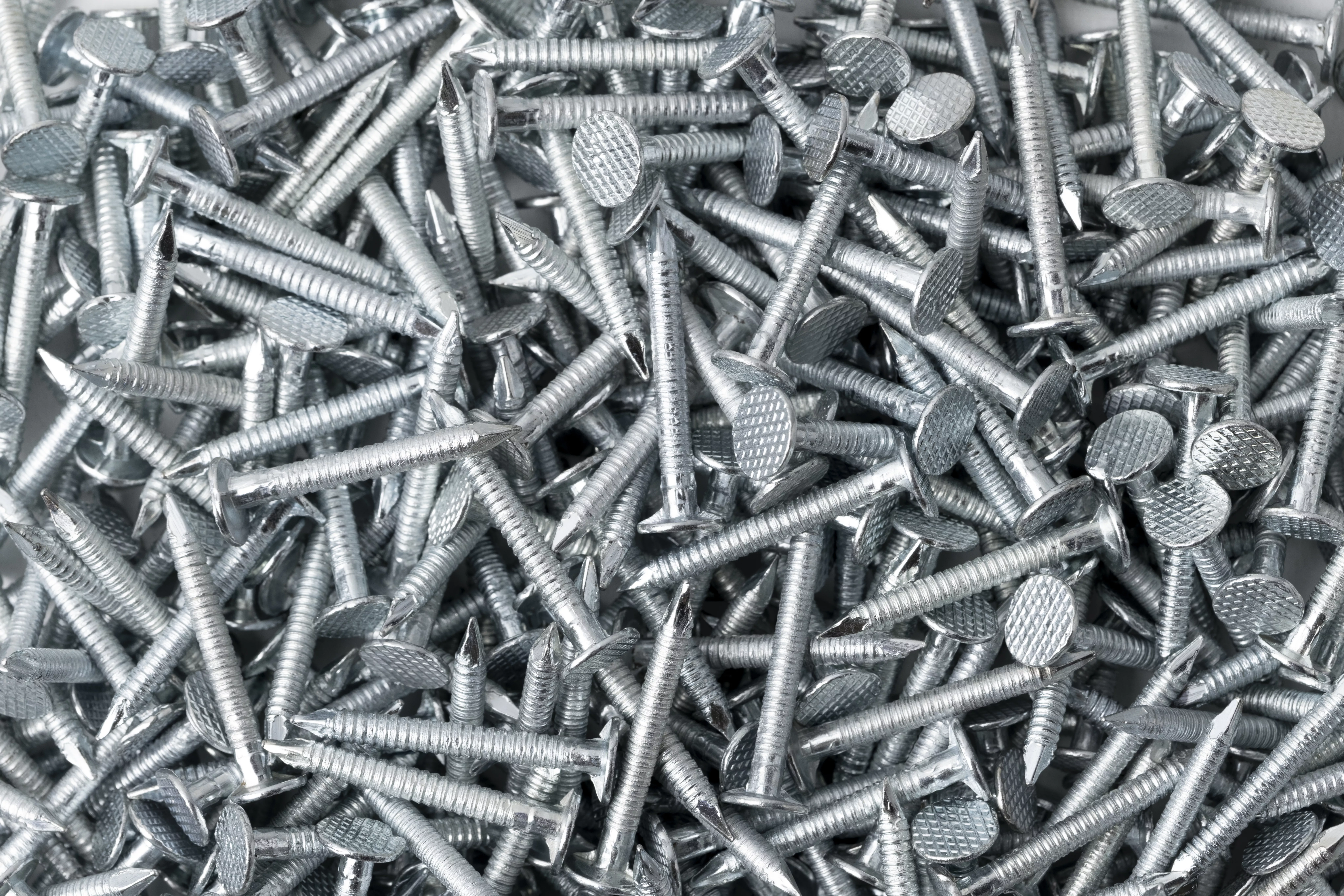Search
Search
1419 results were found.
The positive side is that roofers who are using nail guns can complete the whole project much faster, resulting in a lower cost for the homeowner. However there is a higher cost for the investment in power tools. A nail gun is a tool that has a magazine or tray that stores coiled roofing nails. One by one these fasteners are driven through the bituminous roof shingle and into the roof deck by a supply of air.
There is also another type of nail gun on the market where the power is supplied by gas fuel and ignition from the battery. The compressor needs to have a continuous supply of air pressure from 90 – 120 PSI. It all depends of the type of gun, the roof shingle used, the thickness of the roof deck and the outside temperature of installation. The set of tools, nail gun and compressor will bring the roofer more benefits in the long term. IKO has a very close cooperation with Stanley Black & Decker and during our Roadshows we deliver product demonstrations for Bostitch and DeWalt roofing nail guns.

What’s more important than tools? Experience!
The most important aspect during the roof installation is the experience of the roofer. An amateur roofer is more likely to place their nails incorrectly, whether they are using a hammer or a nail gun. The key is having well trained and skilled roofers using nail guns that can produce quality roofs meeting and exceeding all the requirements for local building codes and manufacturing specifications.
IKO organizes roofer trainings during our Roadshow season in winter where we demonstrate the basic techniques of shingle installation and how to operate nail guns and other power tools. Want to learn more about the correct shingle application? Read our application guide or take a look at our basic installation video.
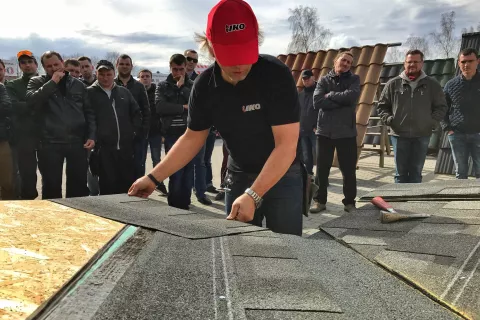
So choose the roofing tool that fits you the best, but most of all remember: “It’s not the tool but the person using it that makes a good quality roof”. Good luck!
Interested in the product mentioned in this blogpost?

